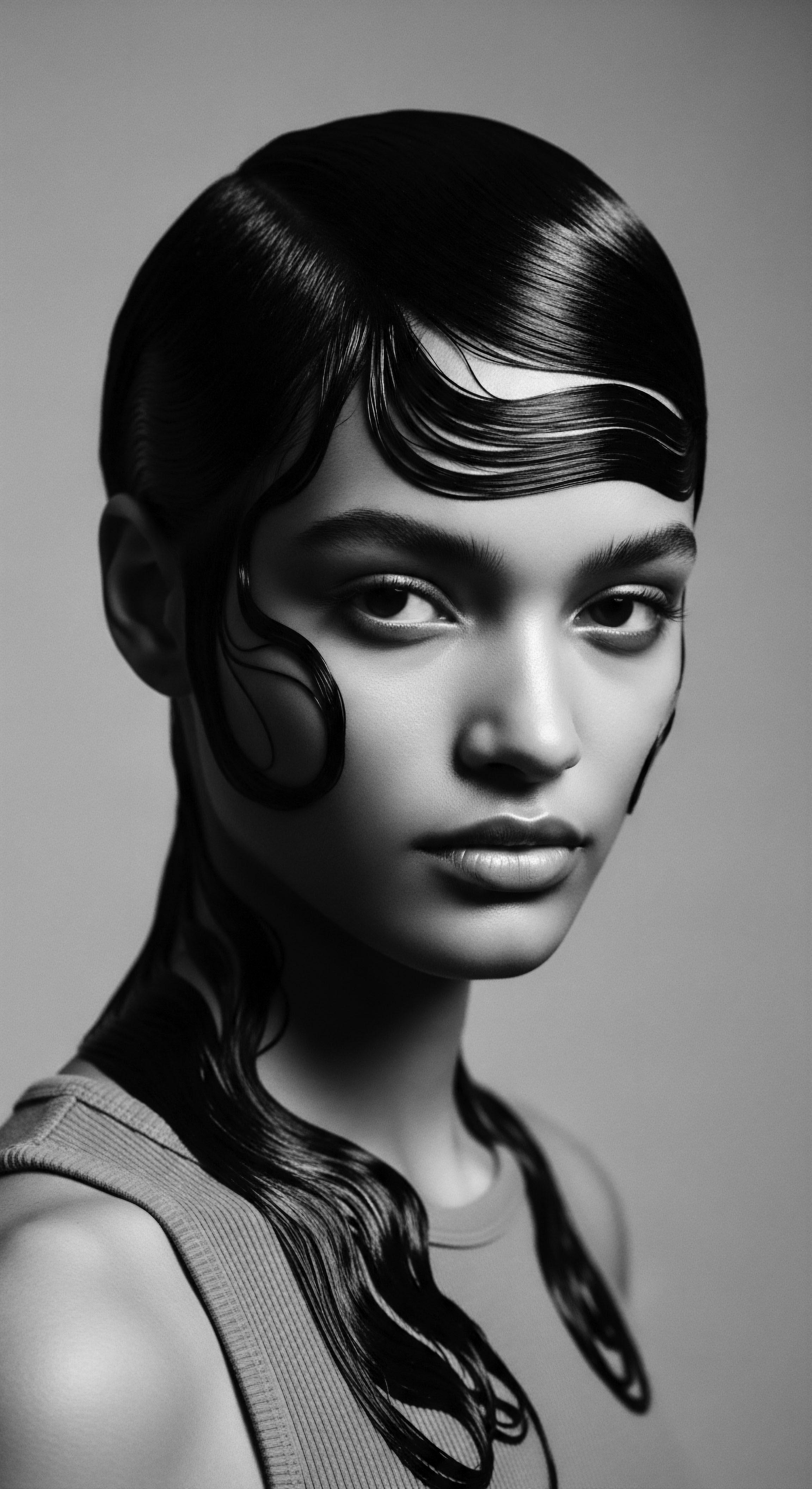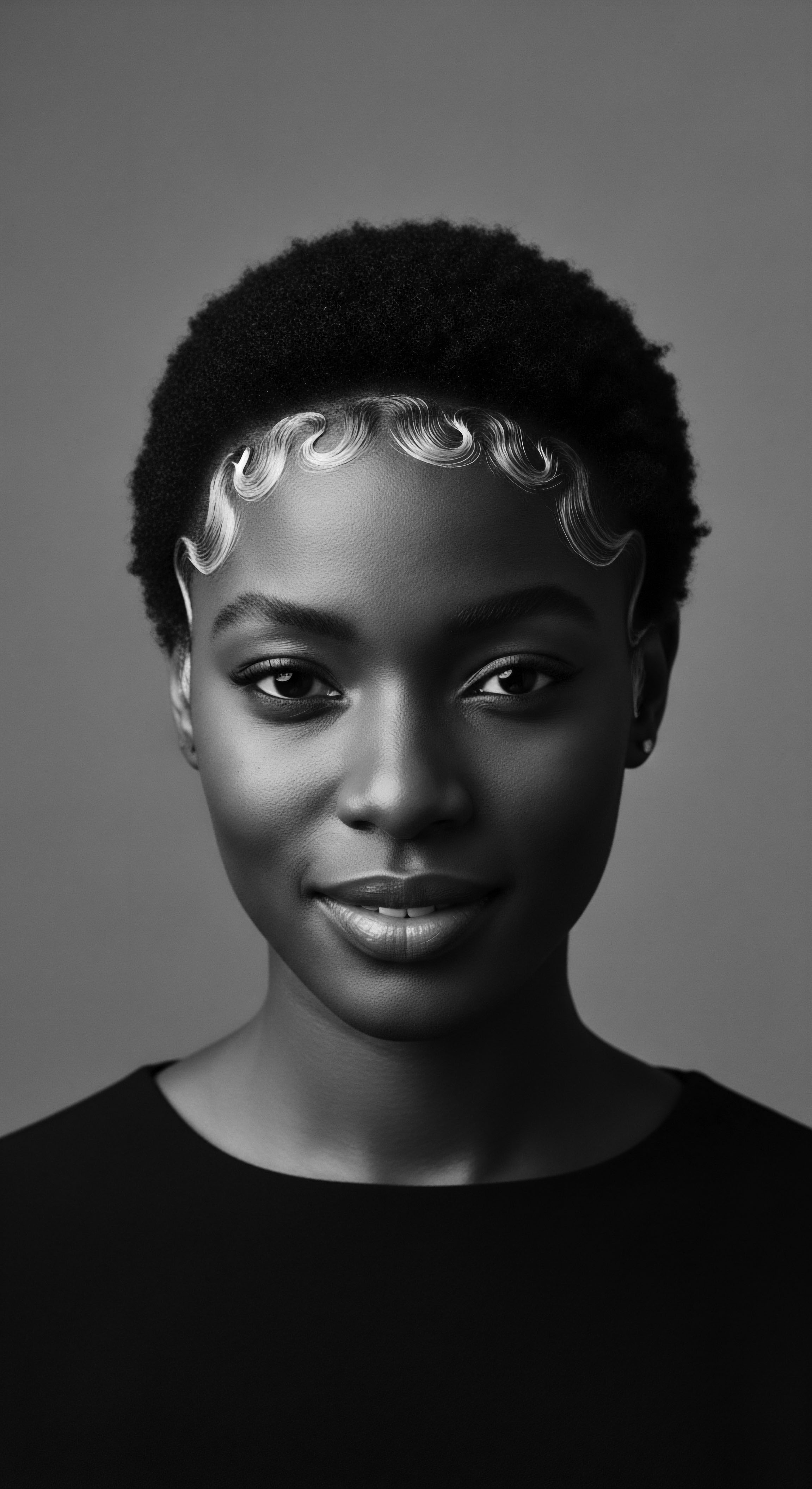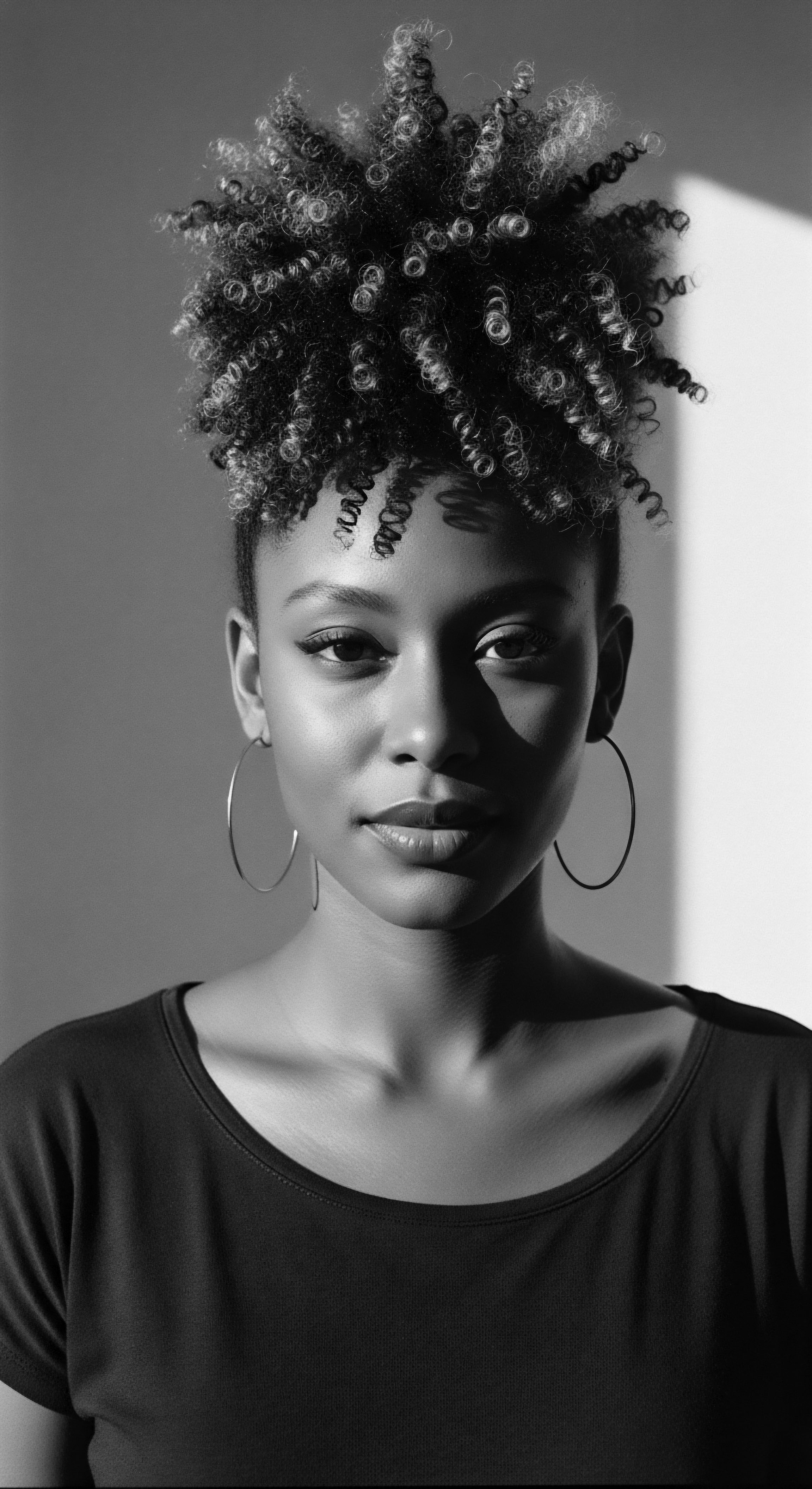
Why do detangling tools need different bristle types for textured hair?
Detangling tools require varied bristles for textured hair to respect diverse curl patterns and preserve ancestral strands against historical challenges.

Hair Appliance Ethics
Meaning ❉ Hair Appliance Ethics is the conscientious consideration of tools shaping textured hair, acknowledging their historical impact on identity, health, and cultural practices.

What were the earliest tools used for textured hair?
The earliest tools for textured hair included combs and picks from natural materials, deeply reflecting ancestral heritage and cultural identity.

Hair Tool Inventors
Meaning ❉ The Hair Tool Inventors are the creators of instruments that have shaped and preserved textured hair traditions across history and cultures.

Hair Tool Design
Meaning ❉ Hair Tool Design is the intentional creation of implements for hair manipulation, deeply rooted in the cultural heritage and biomechanical needs of textured hair.

Comb Evolution
Meaning ❉ The Comb Evolution details the profound journey of hair tools from elemental necessity to cultural symbol, especially for textured hair heritage.

What materials were favored for early combs aiding textured hair?
Early combs for textured hair predominantly favored natural materials like wood, bone, and horn, chosen for their gentle detangling properties and connection to ancestral practices.

Comb Symbolism
Meaning ❉ Comb Symbolism signifies the profound, layered meanings and associations the comb holds within the cultural and social landscapes of textured hair communities.

Hair Tool Evolution
Meaning ❉ The Hair Tool Evolution is the historical and cultural journey of implements used for textured hair, deeply rooted in ancestral practices and identity.

What is the historical significance of wide-toothed combs for textured hair?
The wide-toothed comb's historical significance for textured hair is rooted in ancestral wisdom, embodying centuries of gentle care and cultural identity.

